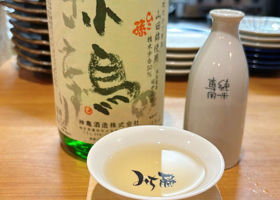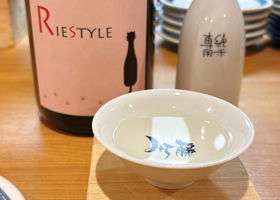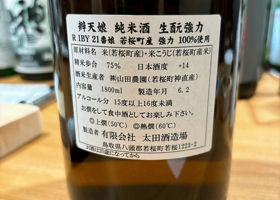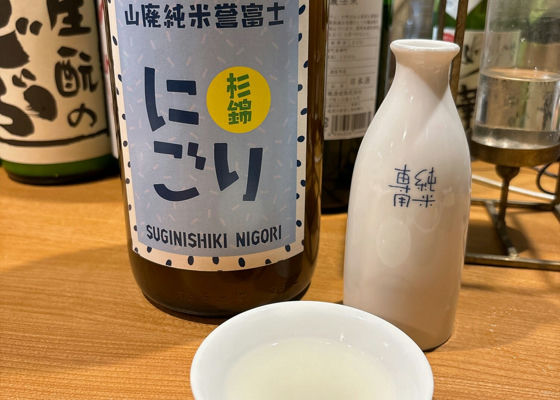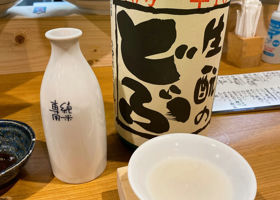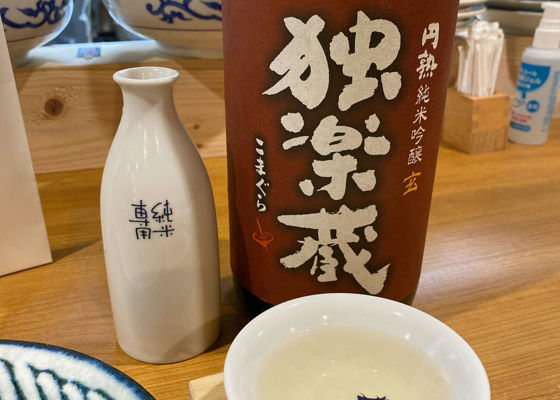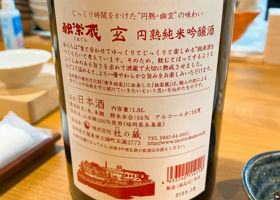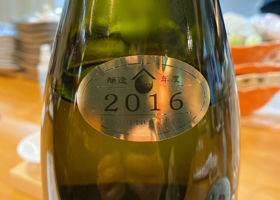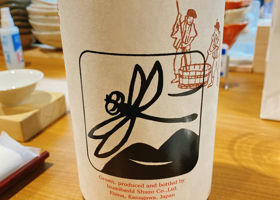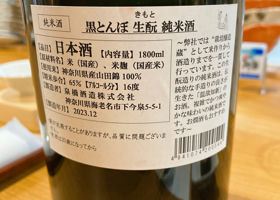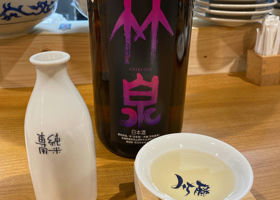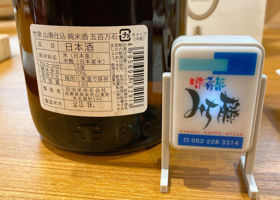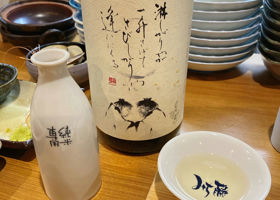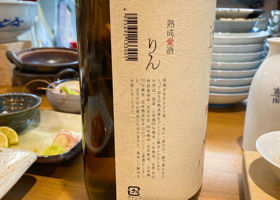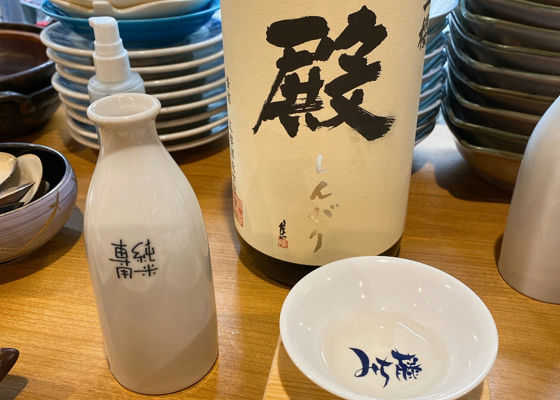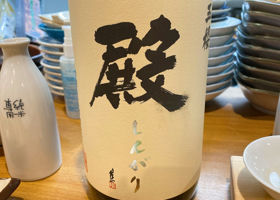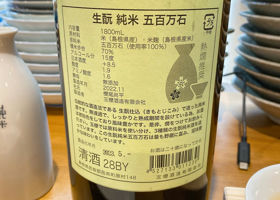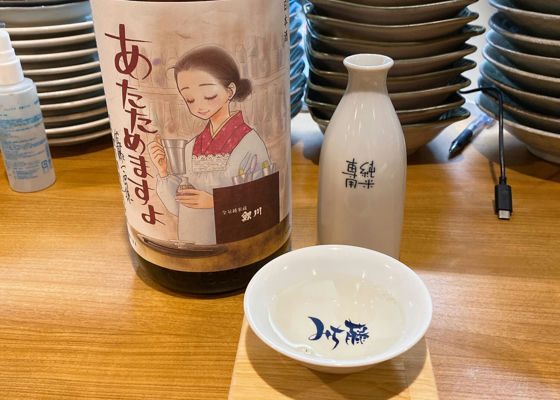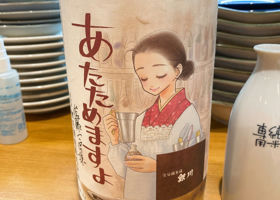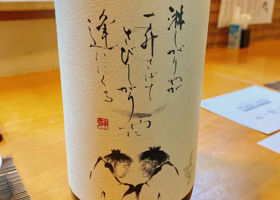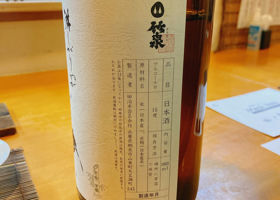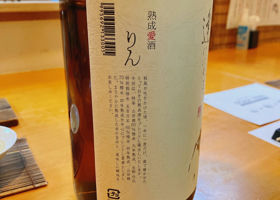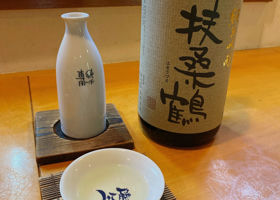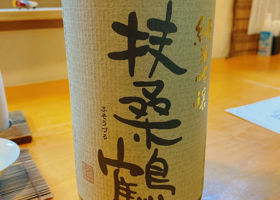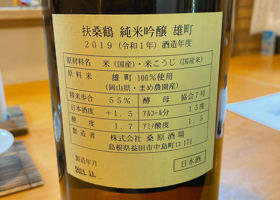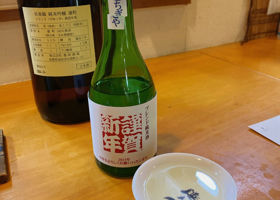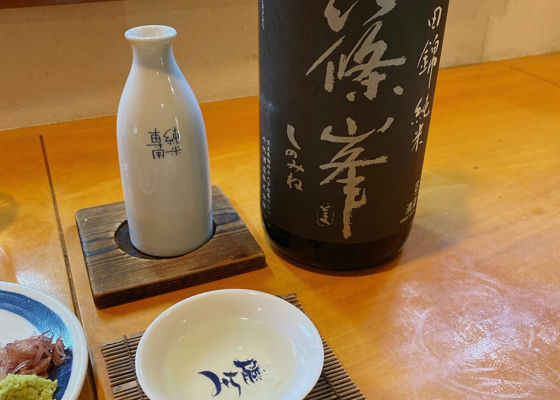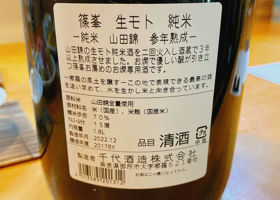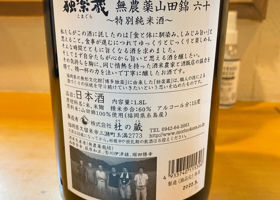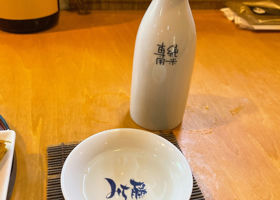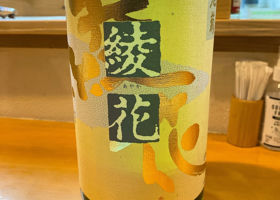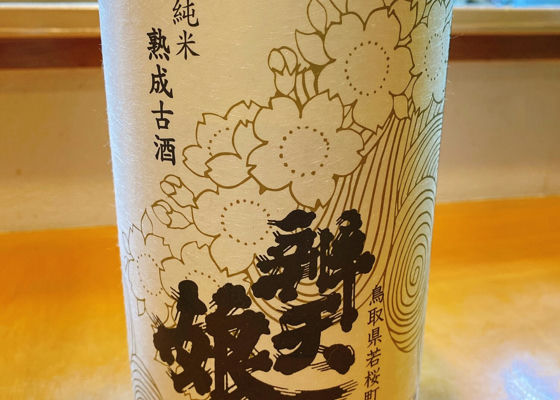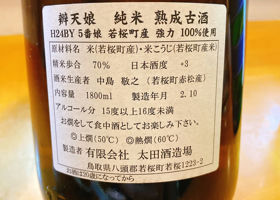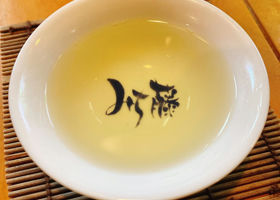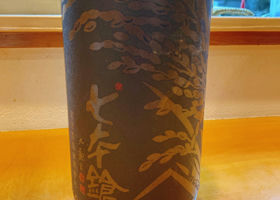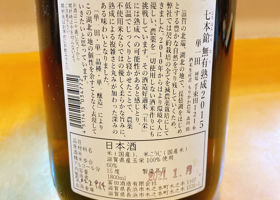Timeline
やす☆2011BY was served warm. The color is a pale yellow. While it has a sense of maturity, it has an exquisite sweetness and flavor that is elegant and soft, as if it were made with 50% polished rice. やす☆R5BY served lukewarm. The soft umami spreads on the palate with a gentle mouthfeel, and it finishes with the moderate acidity of Yamahai. Well balanced. やす☆R1BY was served warm. The color was a light yellow.
It has a mild umami flavor and a crispness that is typical of a sake with a sake strength of +14. Bentenmusume is again recognized as the king of heated sake. やす☆First Suginishiki nigori, 2019BY, served warm.
The mouthfeel is creamy and soft like nigori, with a soft graininess, but the finish is crisp, as is typical of Suganishiki. I'm tempted to try it paired with the mapo tofu on the back label. やす☆R3BY in warm water. The color is pale yellow.
It has the mildness of warmed sake, but it has a strong sharpness with the acidity of a sake made from the traditional sake yeast. The sharpness becomes gentler when it is cooled down. やす☆Retasted at Michifuji on 7/4/2025. It has a firm sense of umami including a good sense of maturity, and a sharpness accompanied by the acidity of the sake's sake yeast. やす☆The first sake made from the oldest sake yeast.
It is slightly watered and heated. It has a nigori graininess and a sharpness that is typical for a sake made from a traditional sake yeast. やす☆2016BY was served warm. The color was a lighter yellow than the Takezumi we drank the same day.
It has a gentle flavor and sharpness typical of 55% polished sake. Less sweet than the Kurotombo we drank just before, with a much more subdued sense of maturity for a 2016BY. やす☆Warmed. It has a mellow and refreshing flavor. It has a nice sharpness, but everything is more rounded than the Takezumi we had just before. It also has a nice gentle flavor when cooled. やす☆2018BY in warm water. The color is a light yellow.
It has a mild and moderate umami only possible with warmed sake, and despite its low rice polishing, it also has the crispness that is typical of Gohyakumangoku. It is crisp with the acidity of Yamahai. It has a sense of maturity, but it is moderate for a 2018BY.
The low milled rice, Gohyakumangoku, Yamahai, and aged characteristics are well harmonized and integrated. やす☆Blended old sake, warmed, bottled in October 2009 and drunk at the beginning of this year, I assume the same sake was blended after another year of aging.
The color is pale yellow. It has a gentle aged feel and sharpness due to the blending. やす☆R3BY was served warmed. It has a gentle fullness and sharpness due to warming. As the label on the back says, it is low-alcohol and light. やす☆H28BY was served warm. The color is amber. It has a good sense of maturity and the 70% polished finish makes it very drinkable. やす☆At the revived MICHIFUJI.
R2BY, slightly yellow in color. It has a mild flavor when warmed to lukewarm. It has a strong sense of sharpness as if it has a sake meter of +12. やす☆Sake blended with aged sake, served warm.
The color is light amber. The sense of maturity is the strongest of all the sakes drunk that day, reminiscent of Sairyu. It has a mild umami and a sharp taste with acidity. やす☆First Fusozuru, 2019BY, served warm.
Slightly yellow in color. Aroma with a sense of maturity. Gentle sweetness and a sense of maturity on the palate, with a gentle, elegant mellowness that is typical of a 55% polished sake.
The fourth photo is a New Year's blend (not for sale) from the sake shop Fujisawa Tochigiyasan, which was given to us by the brewery's owner. The detailed specifications are unknown, but it was an aged sake with a hint of orikura. やす☆This is the first Shinomine aged sake I've had. It says it is aged for 3 years, but it was bottled in 2017BY, December 2022, so it has been aged longer.
The color is slightly yellow. It has a sense of maturity, but it becomes easier to drink when heated, and the umami flavor expands. The sharpness of the acidity, which is typical of sake yeast, is quite sharp even when heated. やす☆Warmed. Although it is an aged sake, the color is almost transparent.
It has a soft, matured feel that can only be achieved by heating it up, and it has a nice sharpness to it. Easy to drink even when warmed, a well-balanced matured sake. やす☆Sake served as an appetizer.
R1BY was served warm. Surprisingly crisp and acidic. Not much sense of maturity. やす☆Warmed H24BY. It has a mildly matured taste with a rather strong sweetness. やす☆2015BY was served warm. It has a soft umami flavor with a sharpness. The warmed sake makes it easier to drink. RecommendedContentsSectionView.title


